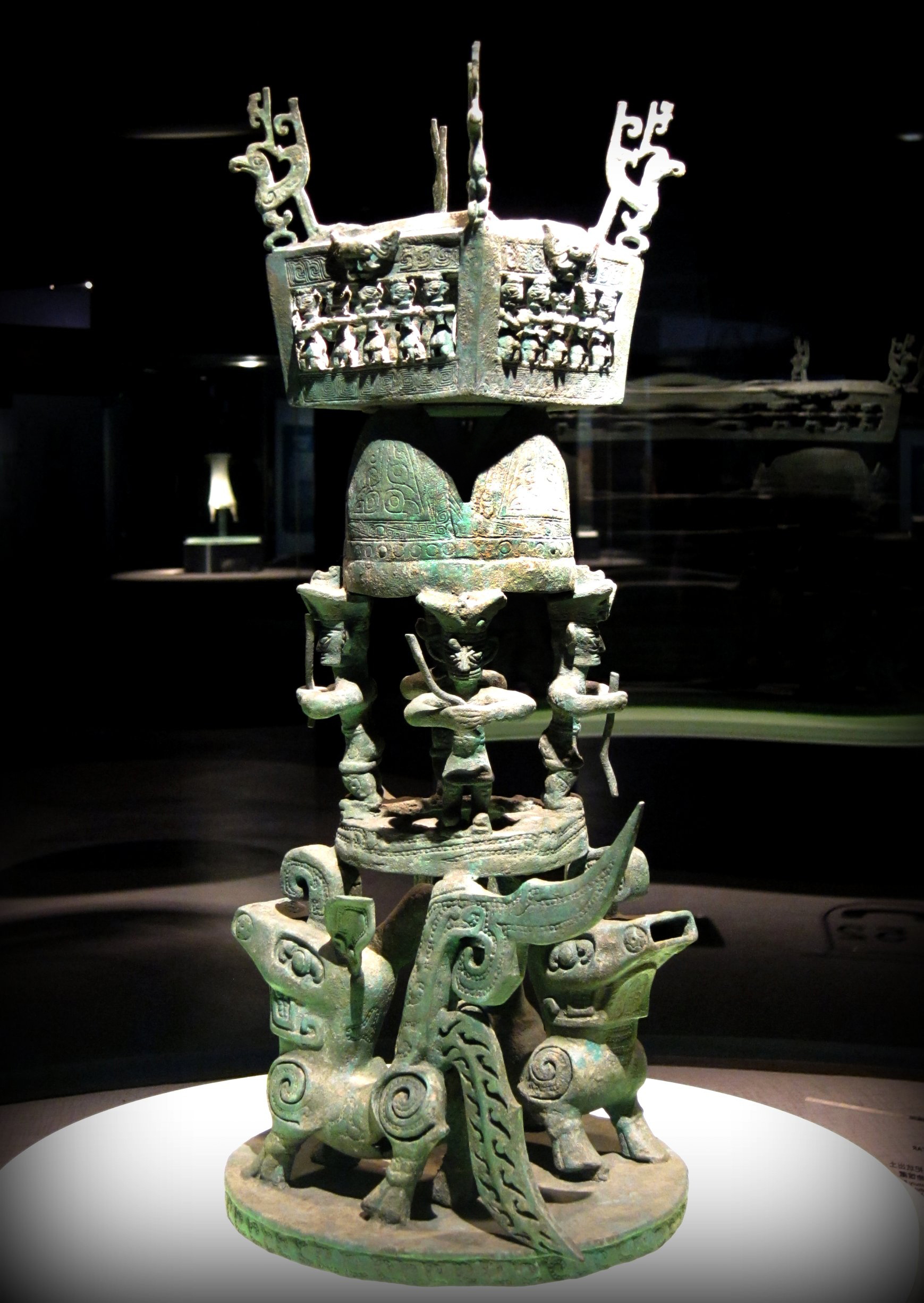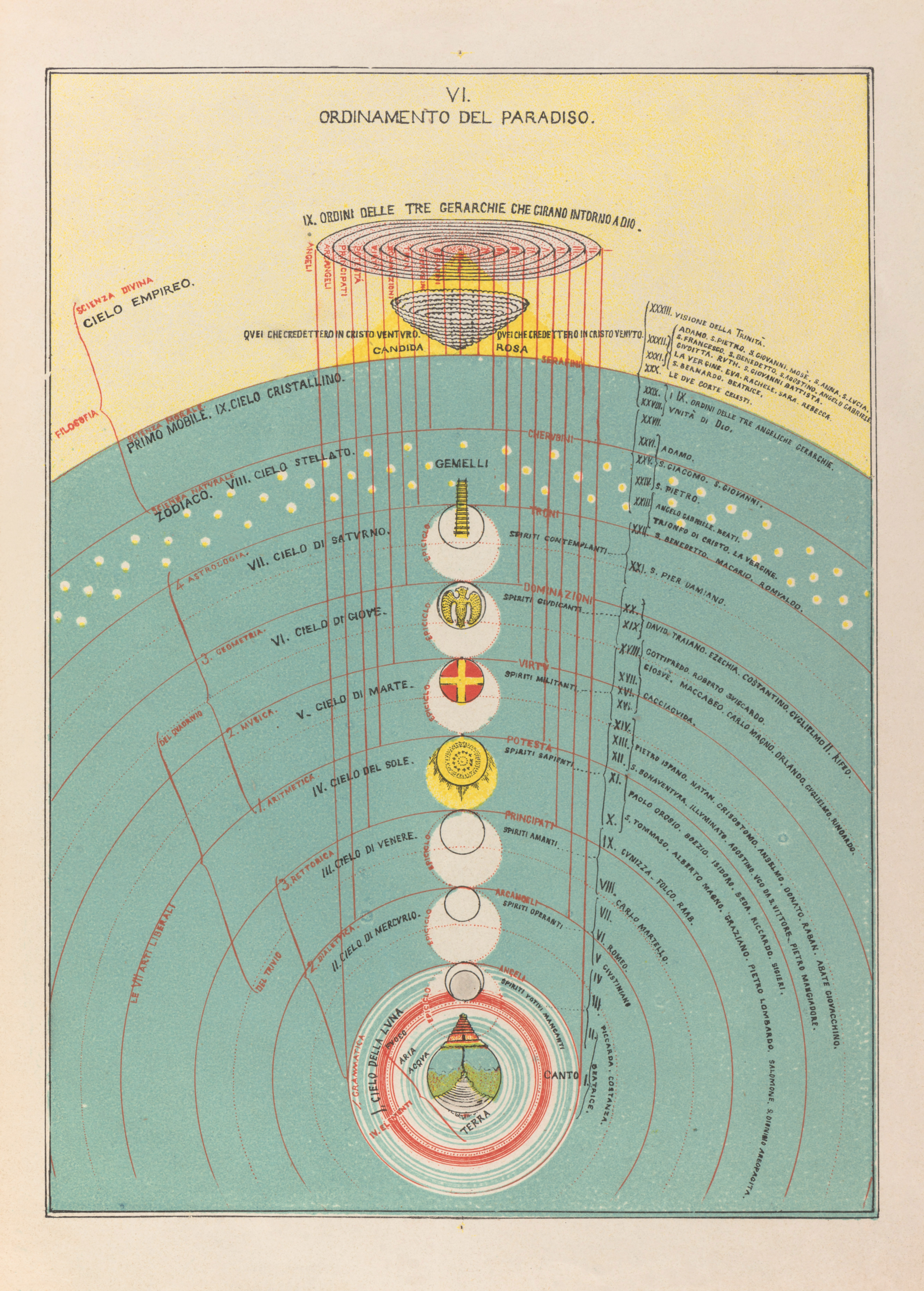Tag: Trees
-

Xylotheque
A xylotheque or xylothek (from the Greek xylon for “wood” and theque meaning “repository”) is special form of herbarium that consists of a collection of authenticated wood specimens.[1] It is also known as a xylarium (from the Greek xylon for “wood” and Latin arium meaning “separate place”). Traditionally, xylotheque specimens were in the form of book-shaped volumes, each made of a particular kind of wood and holding samples of the different parts…
-
Tree Huggers: When Nature Takes It Literally
In the quiet corners of forests worldwide, trees are engaging in their own version of romance. It’s called inosculation, and it is nature’s answer to the artificial process of grafting. Inosculation and grafting are like botanical cousins. Both involve the fusion of plant tissues, creating a single, stronger organism. While grafting is a human-engineered process,…
-

Pistacia terebinthus aka the terebinth and the turpentine tree
Pistacia terebinthus also called the terebinth and the turpentine tree, is a deciduous tree species of the genus Pistacia, native to the Mediterranean region from the western regions of Morocco and Portugal to Greece and western and southeastern Turkey. At one time terebinths growing on the eastern shores of the Mediterranean Sea (in Syria, Lebanon and Israel) were regarded as a separate species, Pistacia palaestina, but these are now considered to be a synonym of P. terebinthus. Description The terebinth is a deciduous flowering…
-

Sanxingdui (‘Three Star Mound’)
Sanxingdui (Chinese: 三星堆; pinyin: Sānxīngduī; lit. ‘Three Star Mound‘) is an archaeological site and a major Bronze Age culture in modern Guanghan, Sichuan, China. Largely discovered in 1986, following a preliminary finding in 1927, archaeologists excavated artifacts that radiocarbon dating placed in the twelfth–eleventh centuries BC. The archaeological site is the type site for the Sanxingdui culture that produced these artifacts, archeologists have identified the locale with the ancient kingdom of Shu. The artifacts are displayed in the Sanxingdui Museum located…
-

Seven heavens notes
In religious or mythological cosmology, the seven heavens refer to seven levels or divisions of the Heavens. The concept, also found in the ancient Mesopotamian religions, can be found in Judaism, Christianity, and Islam; a similar concept is also found in some other religions such as Hinduism. Some of these traditions, including Jainism, also have a concept of seven earths or seven underworlds both with the metaphysical realms of deities and with observed…
-
In Judaism, The Guf or Treasury of Souls is sometimes described as a columbarium
In post-biblical Judaism, souls are envisioned as bird-like (Bahir 119), a concept that may be derived from the Biblical notion that dead spirits “chirp” (Isa. 29:4). The Guf, or Treasury of Souls, is sometimes described as a columbarium, a dovecote. This connects it to a related legend: the “Palace of the Bird’s Nest”, the dwelling place of the…
-

Piceol is a phenolic compound found in the needles and in mycorrhizal roots of Norway spruces and more
Piceol is a phenolic compound found in the needles and in mycorrhizal roots of Norway spruces (Picea abies). Picein is the glucoside of piceol. Pungenin is a also phenolic compound found in the needles of Blue Spruce (Picea pungens). It is the glucoside of 3,4-dihydroxyacetophenone. The compound serves a feeding deterrent against Spruce Budworm larvae. This may be a little redundant as the base information is already included on the Baccharis page…
Recent Posts
- 🧬 Disease Table with Low Sodium Connection
- 🧂 Sodium Reduction and Sodium Replacement: A History of Reformulation and Exploding Diseases, Including Many Diseases Unheard of Before Deadly Sodium Policies
- 🧂 The DEADLY 1500 mg Sodium Recommendation predates the WHO’s formal global sodium reduction push by nearly a decade (and it’s even worse than that)
- 🧬 What Is Beta-Glucuronidase?
- When Sugar Was Salt: Crystalline Confusion and the Covenant of Sweetness
Tags
ADAM ASPARTAME Birds Blood Bones Brain Bugs Cancer Columba Cows crystallography Death Death cults Eggs Etymology Gastrin Gold Growth hormone History Hormones Insulin Liver Mere Perplexity Metal Monkey Business Mythology Paracetamol Plants Poison Pregnancy Protein Religion Reproduction Rocks Salt Slavery Snakes Sodium the birds and the bees Thiocyanate Tobacco Tylenol Underworld Venom zinc